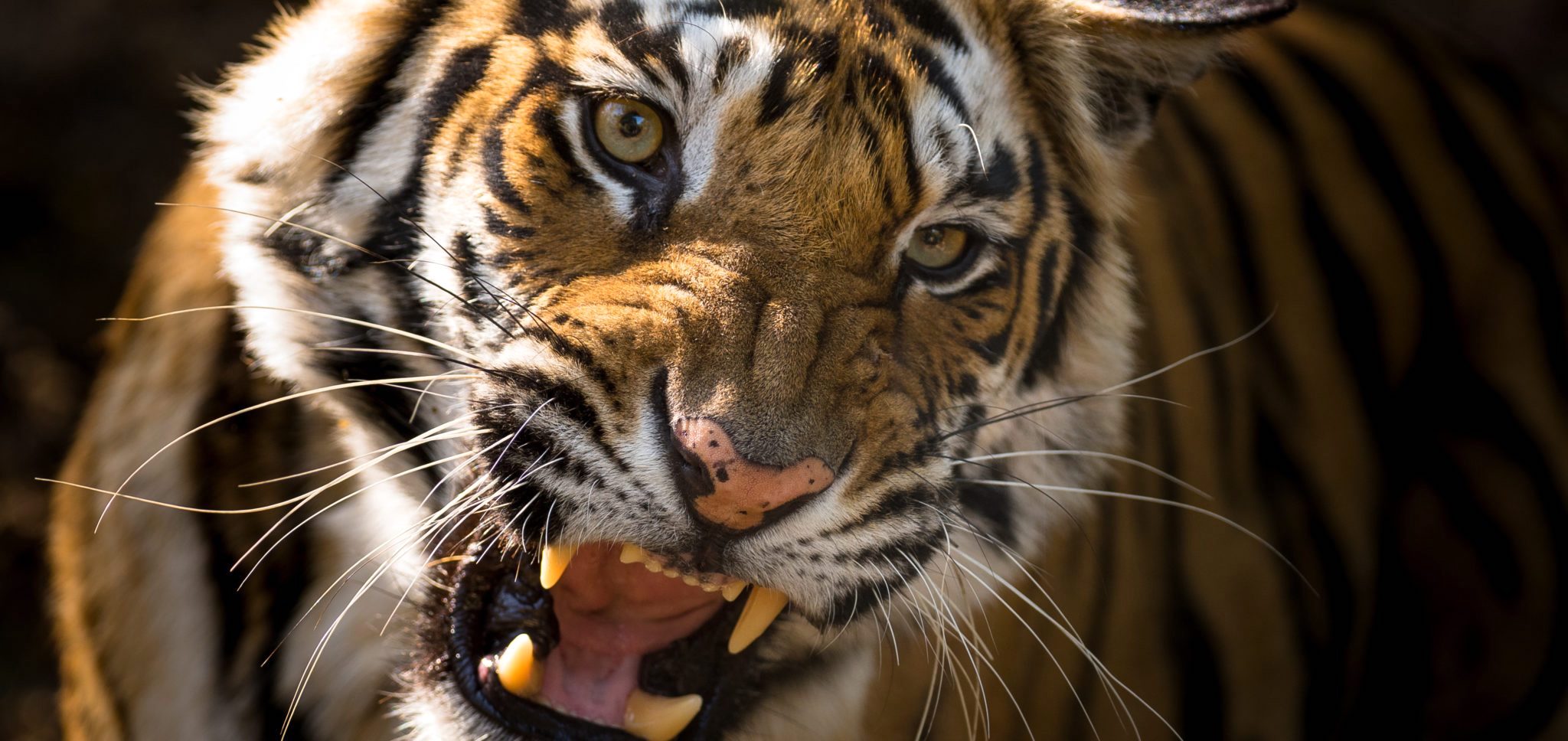Theme Festival - Documentary Television

Natural history content was booming before Covid-19 but does its small crews and remote locations make it the perfect genre for the pandemic, or is all the international travel prohibitive? Clive Whittingham reports for the latest C21 Digital Screenings Theme Festival.
Natural history programming was enjoying a boom prior to the Covid-19 pandemic, with global streaming giant Netflix ploughing big budgets into series such as Our Planet from Silverback Films and Night on Earth from Plimsoll Productions, broadening the genre out from its traditional public broadcaster roots.
Martha Holmes, head of wildlife and Bristol-based Plimsoll, has also worked on Tiny World for Apple TV+ and praises the tech giants for changing the look and feel of one of television’s most enduring and traditional genres.
“Streamers are young. The older we [humans] get the more in our box we get and the more habits we pick up – platforms are the same,” Holmes explains. “I see very old institutions wanting things done a certain way. When we first worked with Netflix it was more about how we wanted to make the film and our vision. Apple, again, is young. It’s forming and finding itself and hopefully, over time, these streamers won’t get boxed into something prescriptive, because that’s when the creativity goes.

“The other great thing is duration. You’re not fixed to a time slot, so if you’ve come back from filming and a couple of sequences haven’t come together you then make the best film your material supports. We made Night on Earth for Netflix and with the polar episode we struggled in the field on sequences. Netflix just said make it as a shorter film. You don’t have to stretch or cram the material.”
The question posed by the coronavirus was whether the remote locations and small crews made it the perfect television production for our times, or would the international travel required prove prohibitive in the short to medium term. One way to overcome the latter problem has been a greater focus on and investment in local crews.
Janet Van Hissering, senior VP of development and production at factual broadcaster National Geographic, says being owned by Disney has been a huge boon in overcoming production challenges during the pandemic.
“We’ve had the benefit of having a really forward-thinking group of security at Disney working with production managers on a daily and hourly basis,” Van Hissering explains. “Every day we get reports on where we can and can’t go and who’s shooting where. I don’t think our head of production has slept in a year. At any given time we know where the hotspots are.
“The other side is absolutely tapping into local shooters and talents and investing in that. We’re usually not in a populated area, you don’t want to take a huge crew and local crews are the key to getting natural history films going.
“In post, we were able to figure out a way to see what our editor was doing in the suite while also being on Zoom so we could talk. It was like being in the room, making the cuts. It saved three days of back and forth, downloading and uploading on a server.”
Anwar Mamon, series producer at the BBC’s famed Natural History Unit (NHU) in Bristol, also heralds the use of local crews as one of a number of solutions to the Covid-19 problem.

“The situation is constantly changing,” he admits. “We’ve done a lot more investing locally in the places where we film. Natural history filmmaking always relies heavily on local fixers and scientists. We’re looking at how we can invest in local camera and production talent and keep us able to film during a period when not only is there a stay-at-home order but also borders closing with very little notice, quarantine periods coming with little notice and testing required. Where we haven’t been able to get people out we’ve been able to invest in crews and keep filming.”
The NHU’s second season of Dynasties, a character-driven natural history series that follows specific groups of animals over two years, could only be finished by using local crews when British filmmakers were grounded by restrictions.
“That’s an example of where we couldn’t get a whole crew out but might be able to get one person out there to train others to capture the shots,” Mamon says. Sir David Attenborough, he revealed, recorded the voiceover for the series surrounded by duvets and pillows in his home while a sound engineer sat outside in his garden shed. Another NHU series, Green Planet, has seen camera operators creating mini-studios to film time-lapse sequences of plant growth in their bath tubs. “There’s always a way,” he says.
Ari Mark, co-founder of US indie Ample Entertainment, is moving into the genre for the first time with an Australia-set series about kangaroos for Netflix and says the focus on local operatives, rather than packing large crews and kit into planes for long-haul flights, is welcome and should remain when the world gets back to normal.
“Regardless of Covid-19 we should be training people indigenous to the place we’re filming,” Mark says. “They’re the ones who should be telling the stories of their natural surroundings. It’s not easy; some have to be trained a certain way, others have the training and need the structure. We’re filming in Northern China, a project trying to get off the ground, and we wouldn’t dream of sending foreigners to do it. These guys know the terrain and have experience of shooting the species.”
Another built-in benefit of this trend, which has been forced on the industry, is increasing diversity in front of and behind the camera, something Carlyn Staudt has been pressing for in her role as global general manager of Blue Ant Media-owned wildlife network Love Nature.

“It won’t happen overnight but we have to think of what has to be done to let it happen over time,” she says. “The company has a commitment to budget for additional people on crews to learn and to seek out companies with similar needs in that area. There’s an overall commitment to training local crews, making room in the budget to include an extra person on the crew. It’s all about making space in budgets.”
Another trend brought on by the pandemic – one Holmes at Plimsoll hopes is here to stay – is cooperation between rival companies out in the field.
“When I joined a long time ago the natural history industry as a whole was relatively small and collaborative, and is now more competitive,” Holmes explains. “Local crews are having their day in the sun and it’s nice to start sharing again. At the moment, one company sends kit out and we all share it in turn. We’re sharing contacts, asking if anybody knows anybody. It’s becoming collaborative again and it’s nice the community is open again because I miss those days. We’re even sharing quarantine time – ‘If you pay for him on the way there, I’ll pay on the way back.’”
On screen, a big trend has been towards more character-led wildlife programming, highlighted by Dynasties but also in vogue at Netflix, Blue Ant and elsewhere. It’s something Staudt is keen to lean into in future commissions.
“Our audience responds to programmes that showcase similarities between humans and animals, films that create relatability and a connection,” she explains. “We have long since marvelled at animals’ strength, size, speed. Now we get inside their brain and understand thoughts and emotions. It feels fresh and we’re leaning into that. The science is moving us there daily. It’s an exciting space.”
It would seem that the small crews and remote locations do, indeed, make natural history a favourable genre in the current circumstances. It also feeds into the co-viewing trend, which broadcasters have craved, with whole families locked down together at home the world over. Where it is challenging, with international travel, solutions are being found that may even benefit the genre in the long term, upskilling crews around the world and helping address television’s long-standing diversity issue.